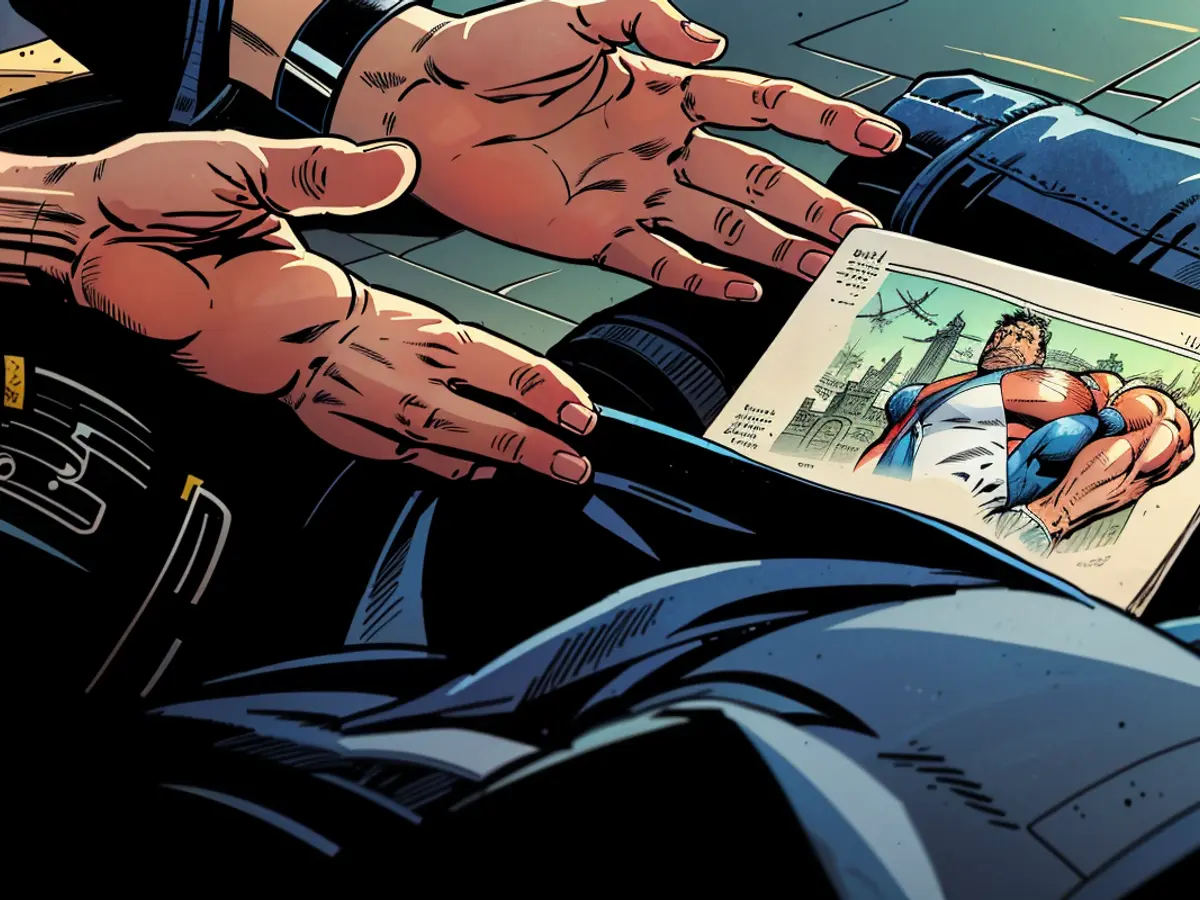After unsuccessful auction - Caspar David Friedrich's Skizzenbuch remains for 1.7 million
A rare Sketchbook of the Romantic painter Caspar David Friedrich (1774-1840) goes into public collections in Berlin, Dresden and Weimar. The 1.7 million Euro acquired "Karlsruhe Sketchbook" is expected to be presented in turn at the Kupferstichkabinett of the Prussian Cultural Heritage Foundation Berlin (SPK), the State Art Collections Dresden, and the Classical Foundation Weimar.
For the purchase, the institutions reportedly each put down 200,000 Euro. In addition, there were contributions of 550,000 Euro each from the Cultural Foundation of the States and the Ernst von Siemens Art Foundation.
Export Ban
The "Karlsruhe Sketchbook" was sold for around 1.8 million Euro at the Berlin auction house Grisebach in the previous year. The estimated value of the "Karlsruhe Sketchbook" was previously up to 1.5 million Euro. The auction price was 1.45 million Euro, and the gross price for the auction house was then 1.819 million Euro.
Just before the auction, it was learned that the booklet with drawings on 33 pages was to be protected as a cultural heritage object. The Berlin cultural administration added the sketchbook to the list of nationally valuable cultural assets. This meant an export ban. The collections that had already bid in the auction were able to successfully renegotiate.
"Model for the Future"
"If everyone pulls together in the name of art, in the name of culture, we can really move something," said Dagmar Korbacher, director of the Kupferstichkabinett, at the presentation of the booklet in Berlin. SPK President Hermann Parzinger called the joint purchase a "model for the future."
The sketchbook will first be shown in the Berlin Kupferstichkabinett. In August, the artwork will be presented in Dresden. From November onwards, it will be Weimar's turn, where the booklet will also spend the first five years of the agreed rotation period and be researched.
200 years in private ownership
The booklet belonged to a family in Karlsruhe for more than 200 years. According to the information provided, it is the last known, previously privately owned bound copy of a sketchbook by the artist. Only six of the approximately 20 of these notebooks are known to survive. Four of them - partially bound - are kept at the National Museum in Oslo, and another at the Dresden Kupferstichkabinett.
Sketchbook in the Traveling Case
Friedrich, who was born in Greifswald, carried the sketchbook in his pockets of his traveling case repeatedly between mid-April and early June 1804. The drawings were created in Dresden. Among other things, there are fine pencil drawings of trees, branches, and tree trunks or various bird studies in flight. Several motifs that the artist incorporated into his major works, such as the sketch of an oak tree in his early work "Moonlit Landscape with a Bridge," are also found in the sketchbook. According to Parzinger's assessment, the sketchbook is indispensable for Friedrich's major works.
- The acquisition of Caspar David Friedrich's "Karlsruhe Sketchbook" will be shared among museums in Berlin, Dresden, and Weimar, showcasing Germany's commitment to preserving its rich cultural heritage.
- The State Cultural Foundation, the Ernst von Siemens Art Foundation, and several institutions each contributed significant sums to acquire the valuable sketchbook at auction.
- The Grisebach Villa in Berlin hosted an auction where the 'Karlsruhe Sketchbook' was sold for over 1.8 million Euros, significantly exceeding its estimated value.
- Prior to the auction, the "Karlsruhe Sketchbook" was classified as a national cultural heritage object, resulting in an export ban due to its significance to German culture.
- The participating institutions, including the Prussian Cultural Heritage Foundation in Berlin, renegotiated the purchase after learning about the export ban, securing the sketchbook for public collections.
- Culture policy in Thuringia, Saxony, and Baden-Württemberg collaborated to ensure that this significant piece of German art history would remain in the country for future generations to appreciate.
- The "Karlsruhe Sketchbook" contains drawings created by Friedrich while traveling between Dresden and other locations in 1804, offering a unique glimpse into his creative process.
- The sketchbook's impressive collection of bird studies, tree drawings, and other motifs have inspired various major works by Caspar David Friedrich and provide invaluable context to his artistic development.
- The collaboration between the German institutions and cultural foundations sets an example of interstate cultural cooperation, emphasizing the importance of art and culture in unifying the nation.
- With its acquisition, Germany continues to strengthen its status as a global center for exhibitions and museums, attracting visitors from around the world to experience its rich cultural heritage.
- The "Karlsruhe Sketchbook" demonstrates the continued influence of Romanticism on contemporary art and serves as a testament to the enduring legacy of Caspar David Friedrich in the world of painting.
- The exhibition of the "Karlsruhe Sketchbook" in Berlin, Dresden, and Weimar will allow future generations to engage with this historical artifact, fostering an appreciation for German culture and heritage.








